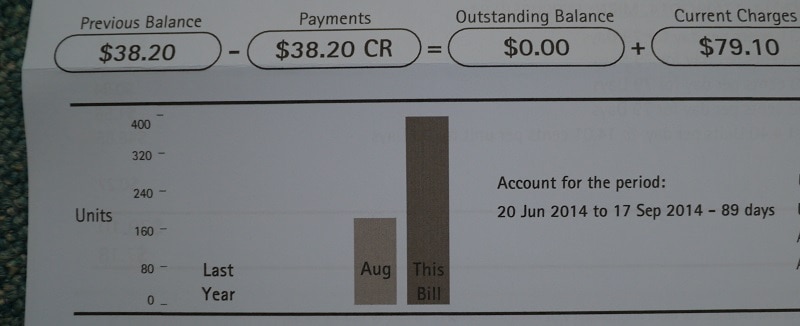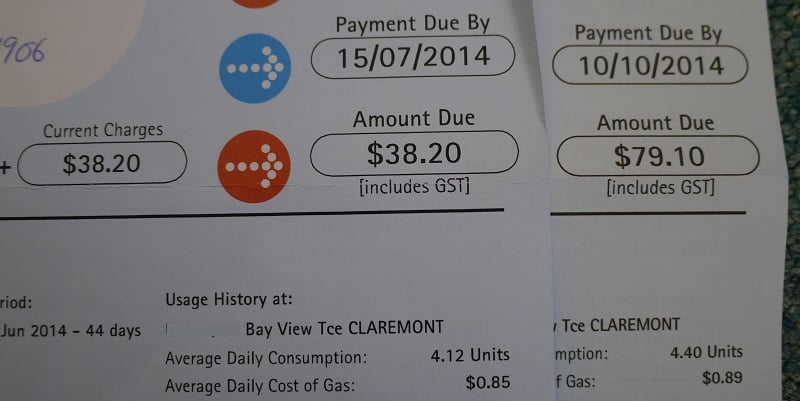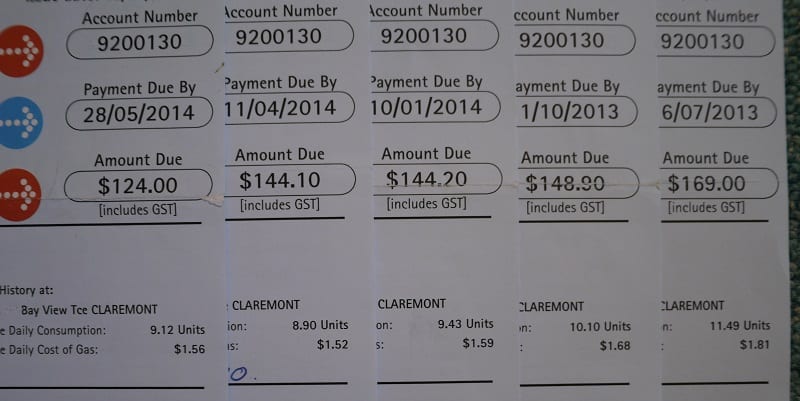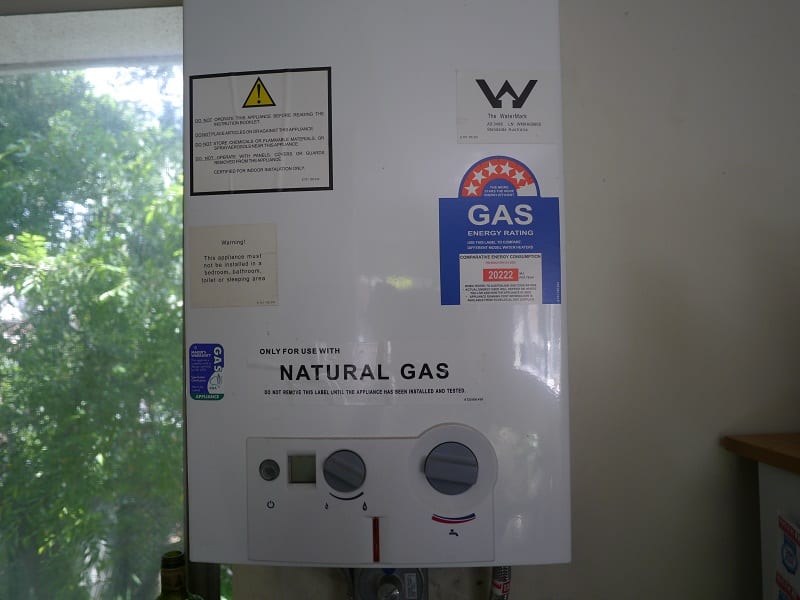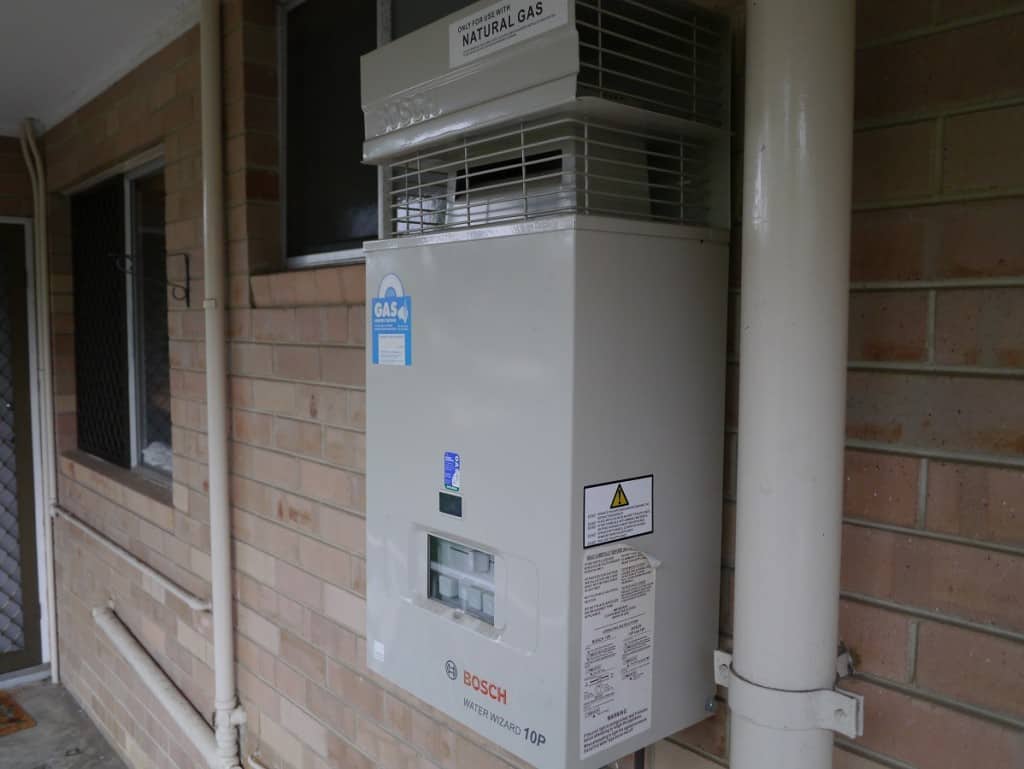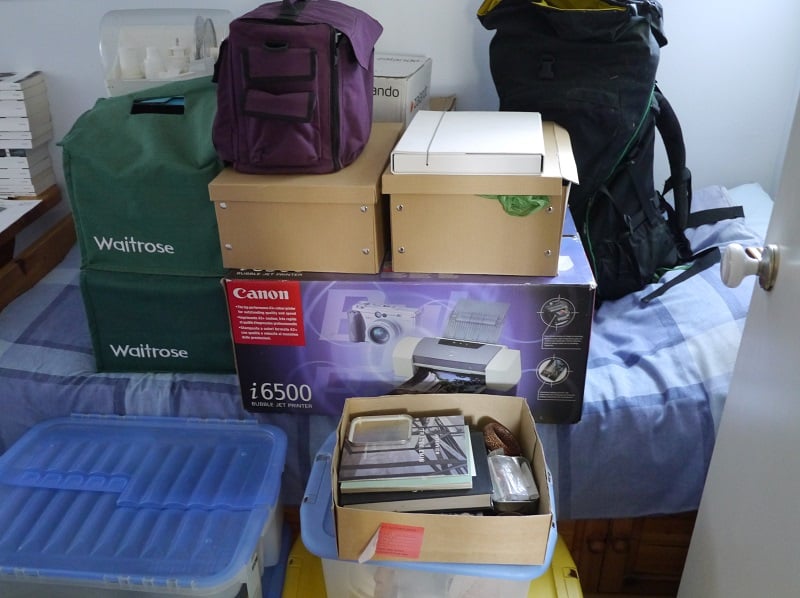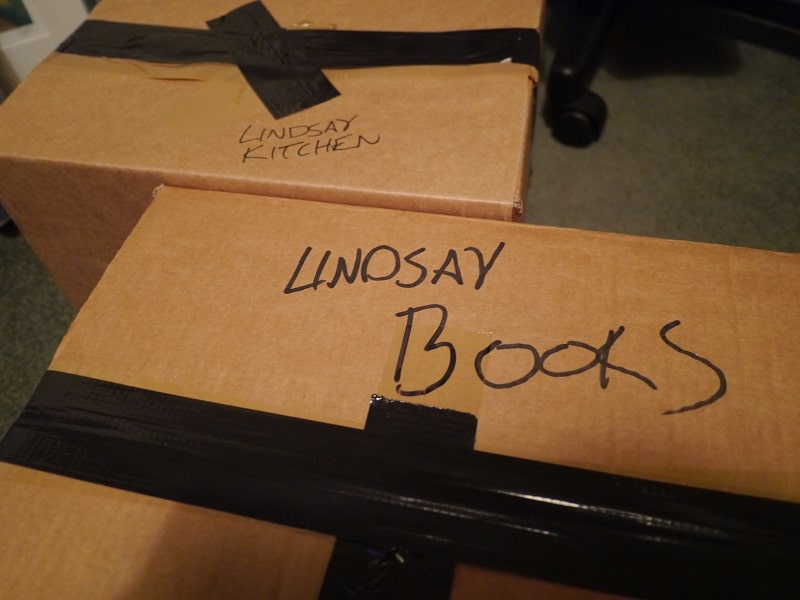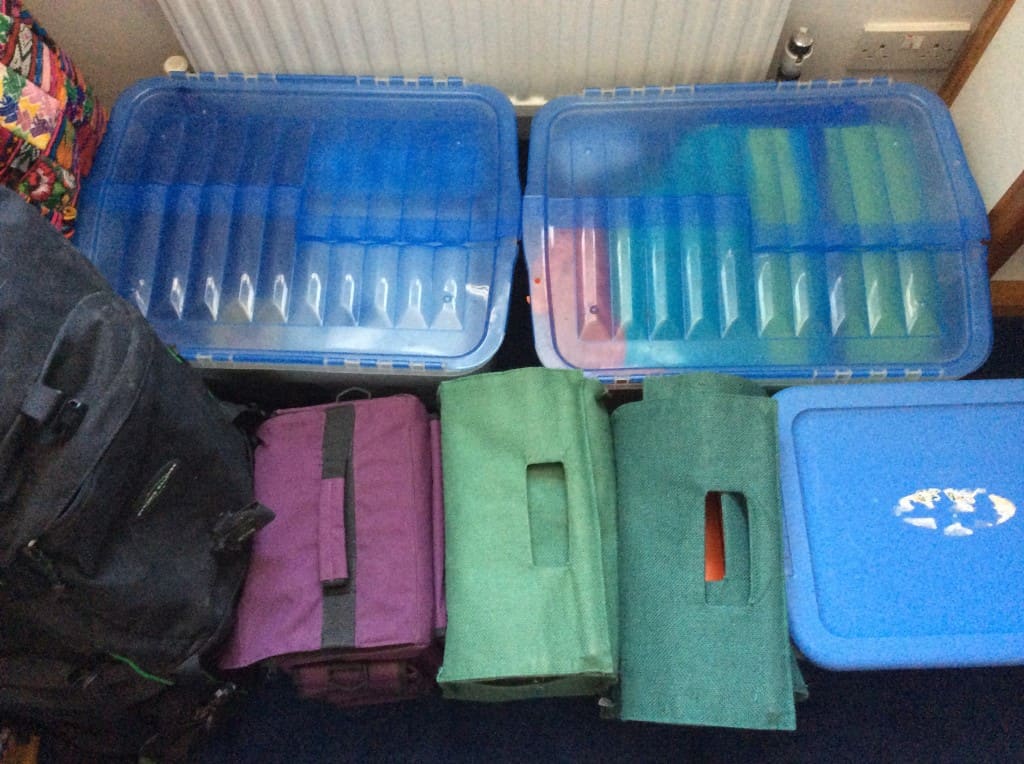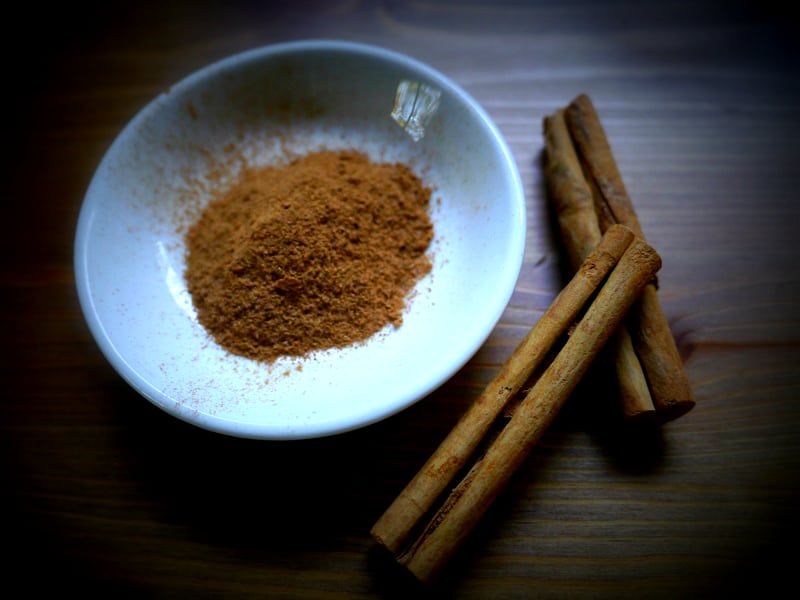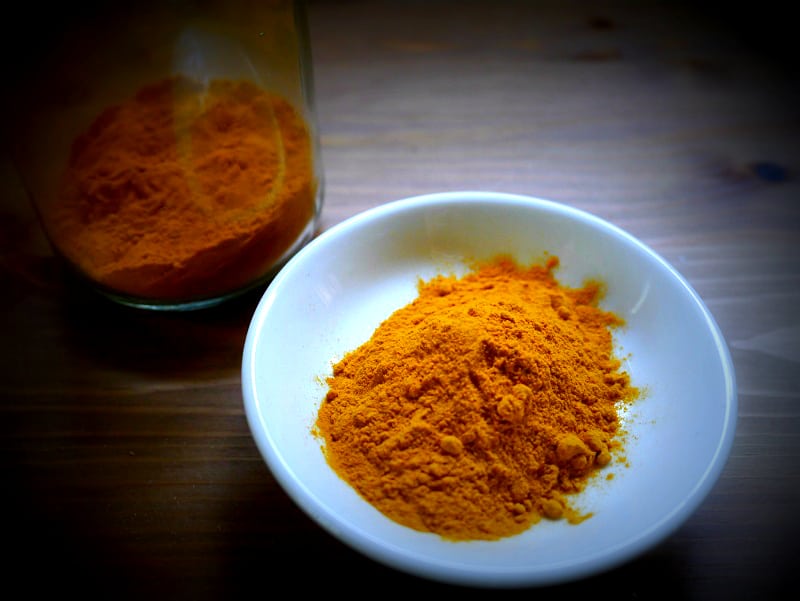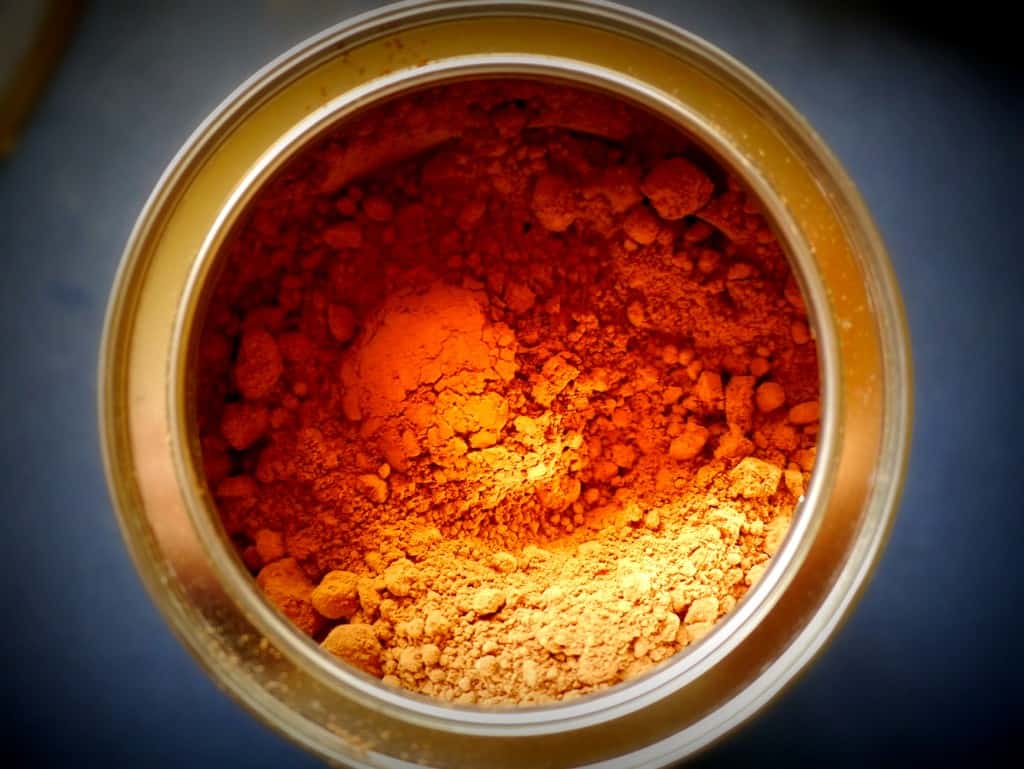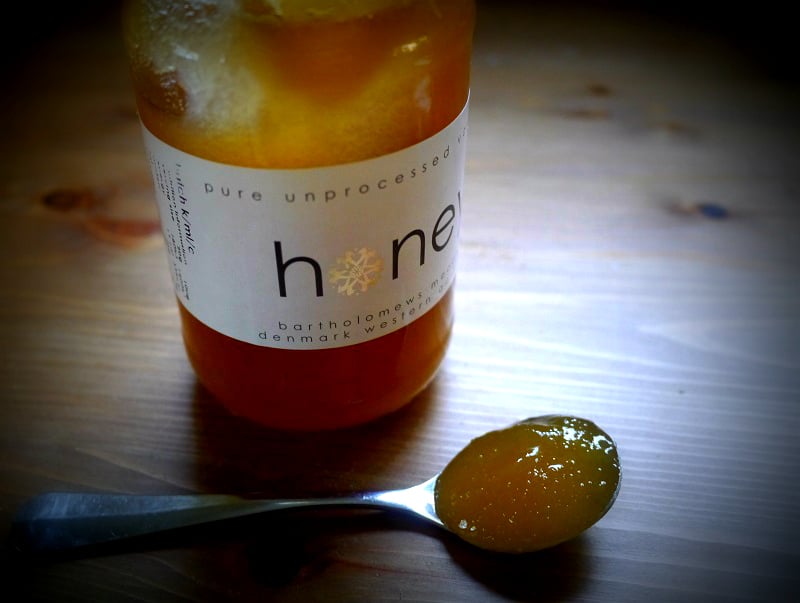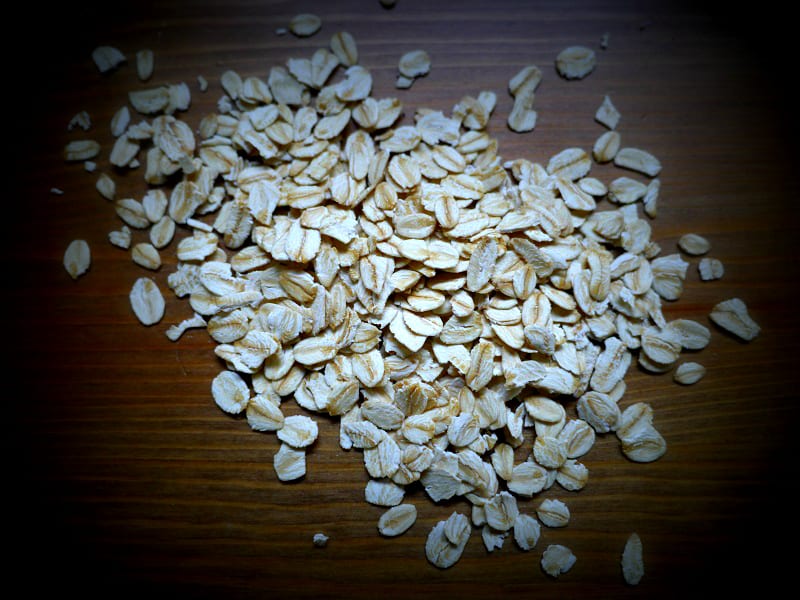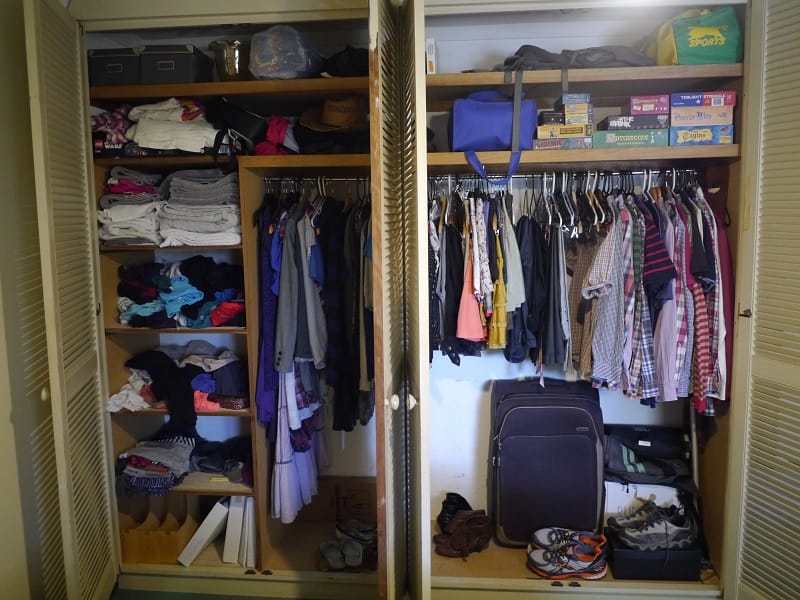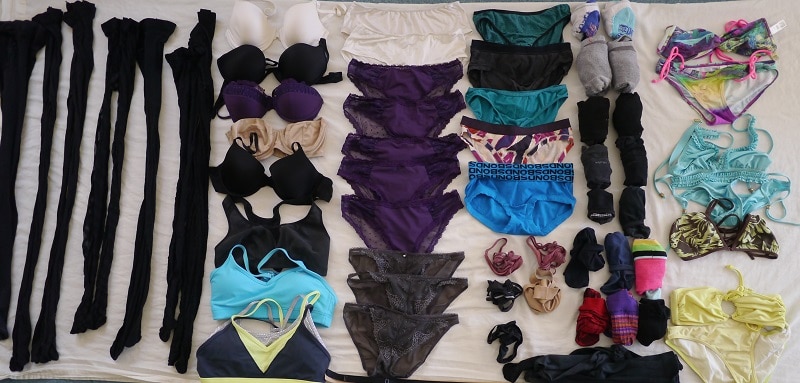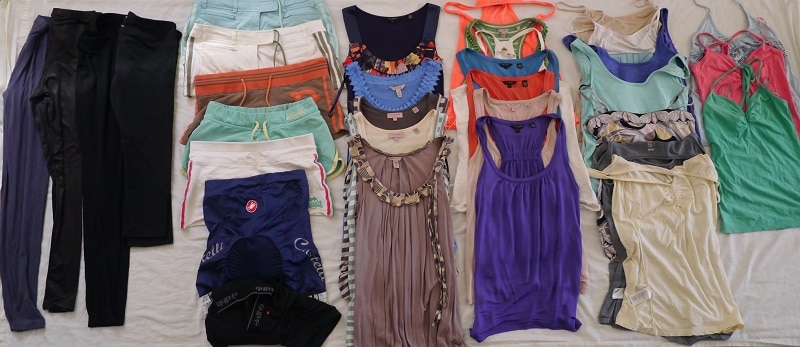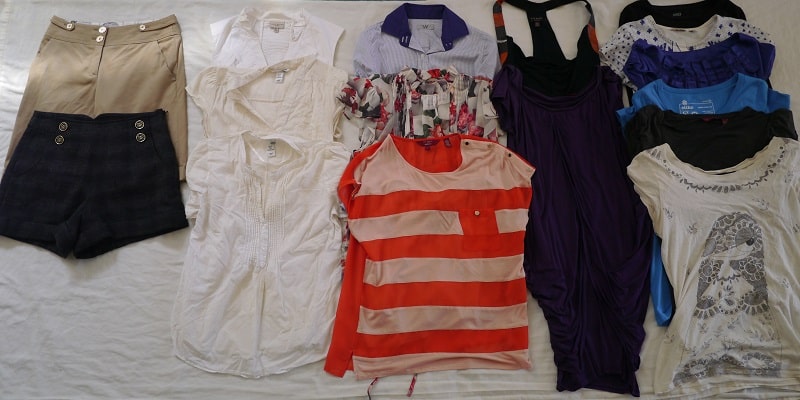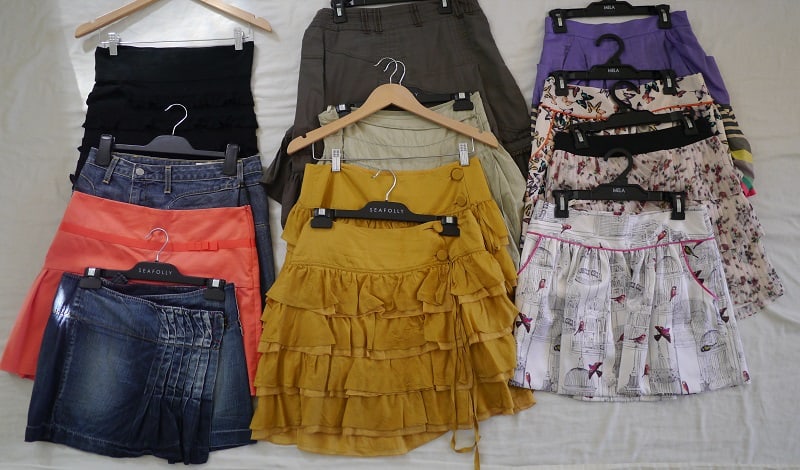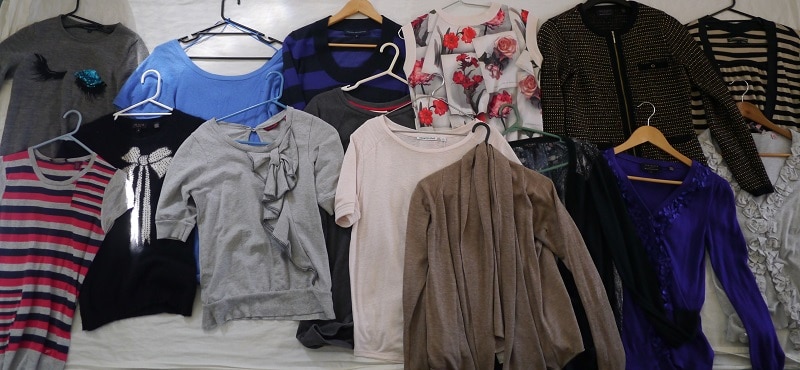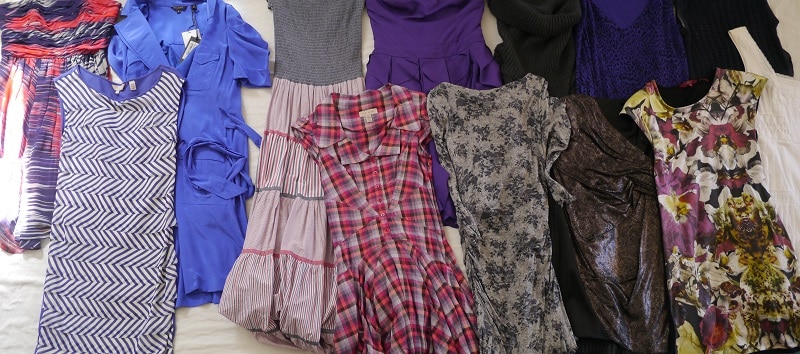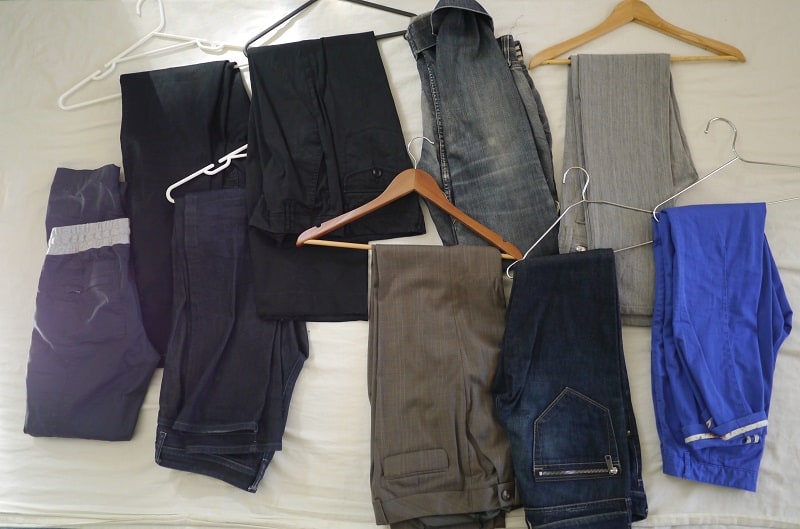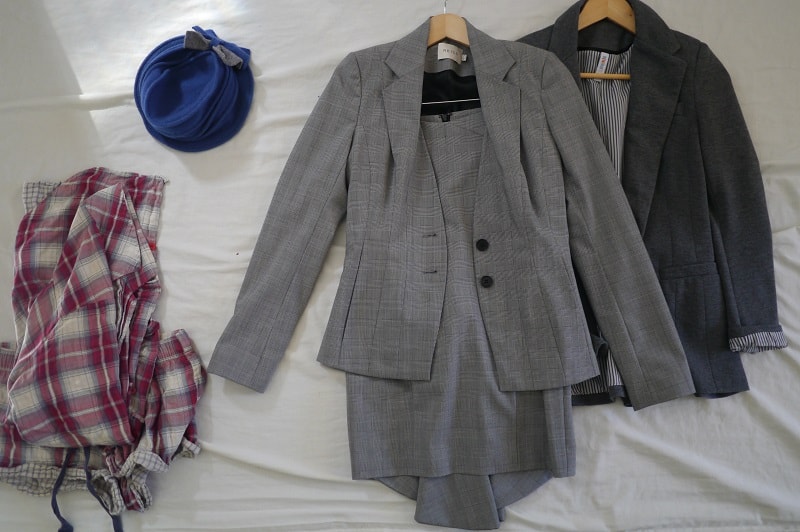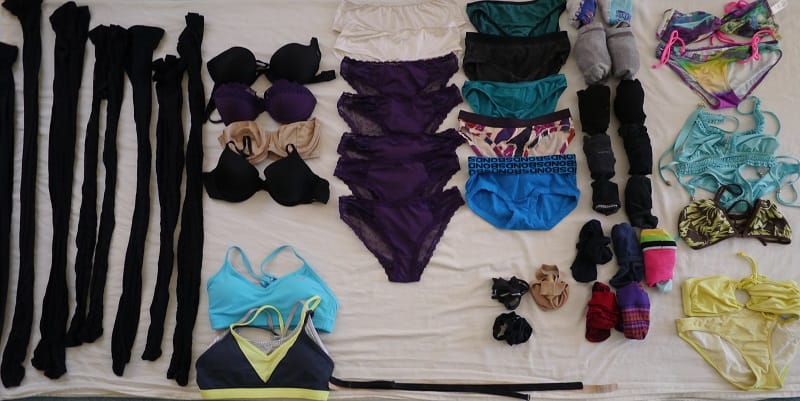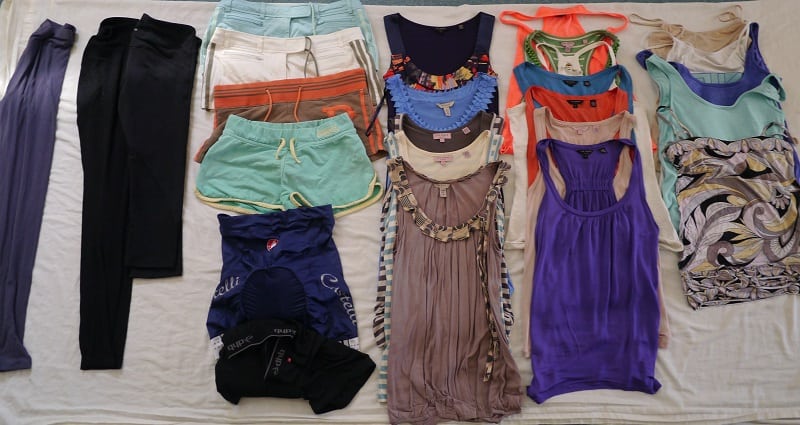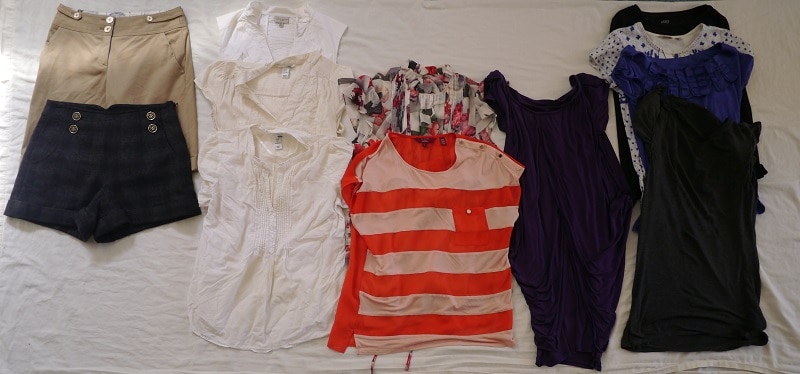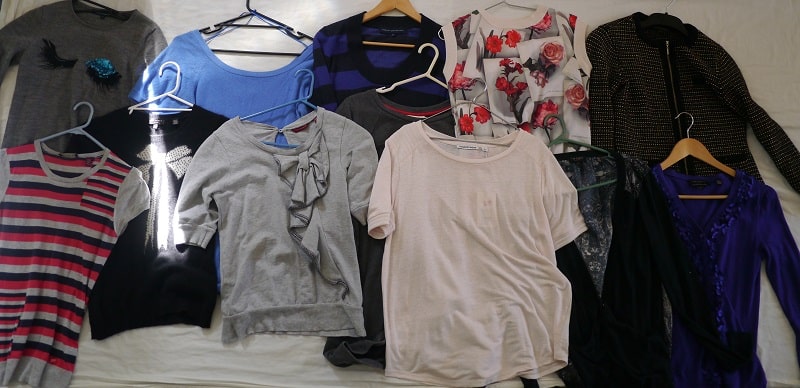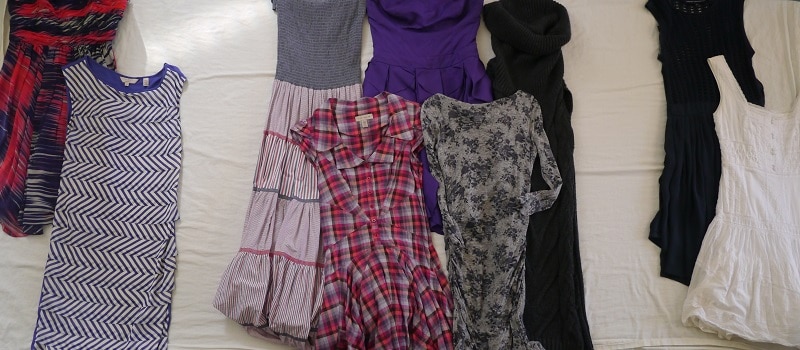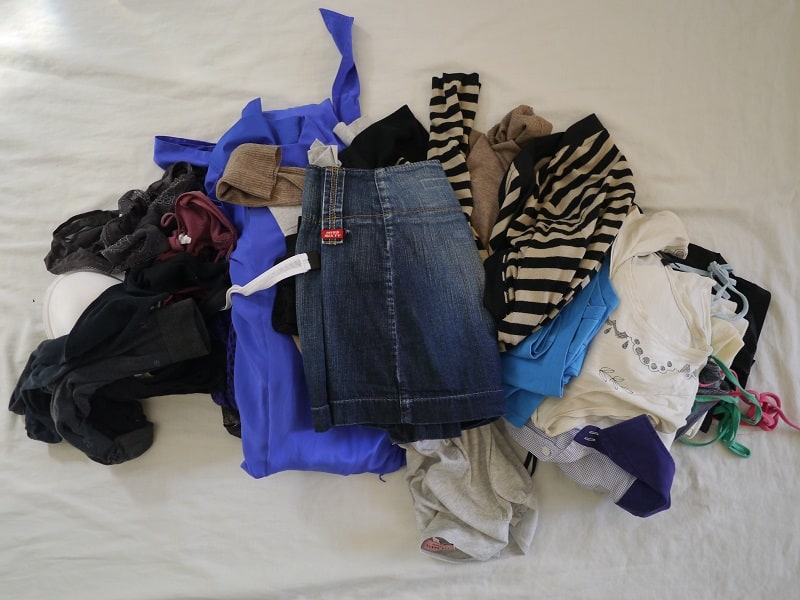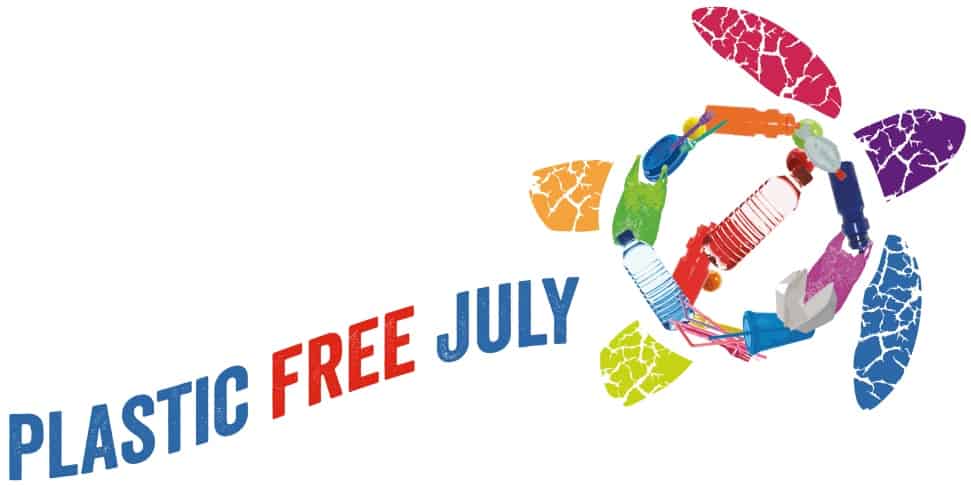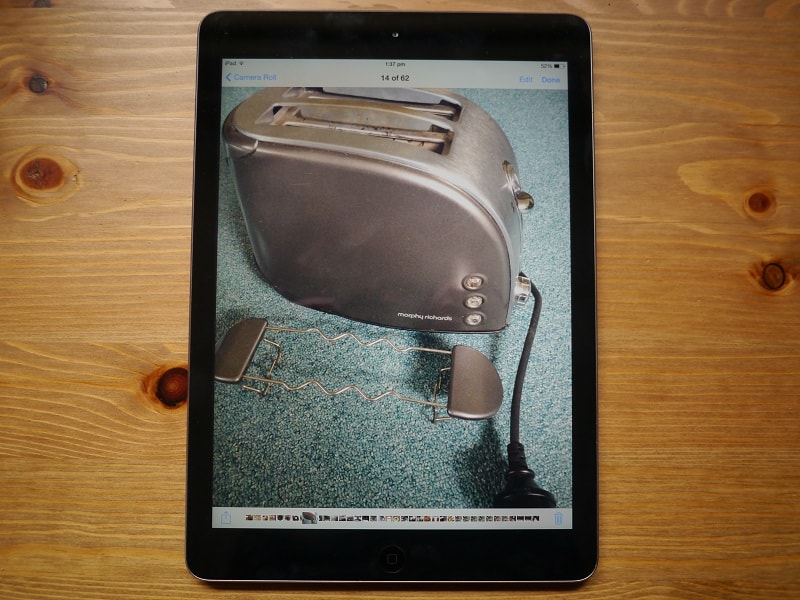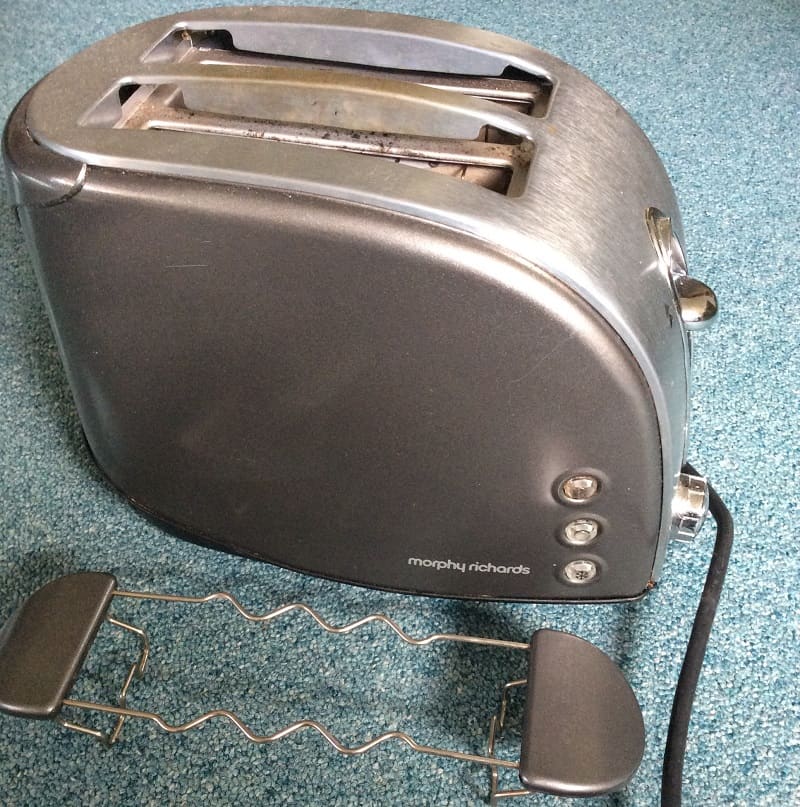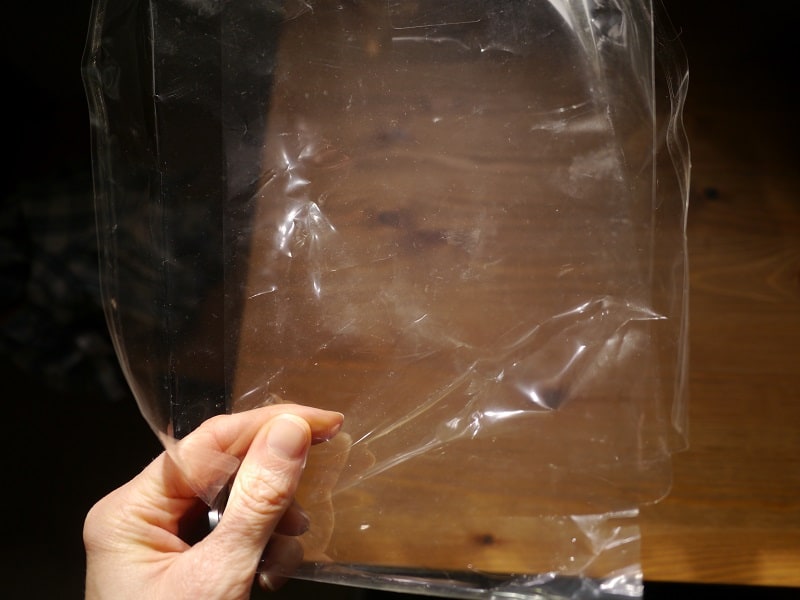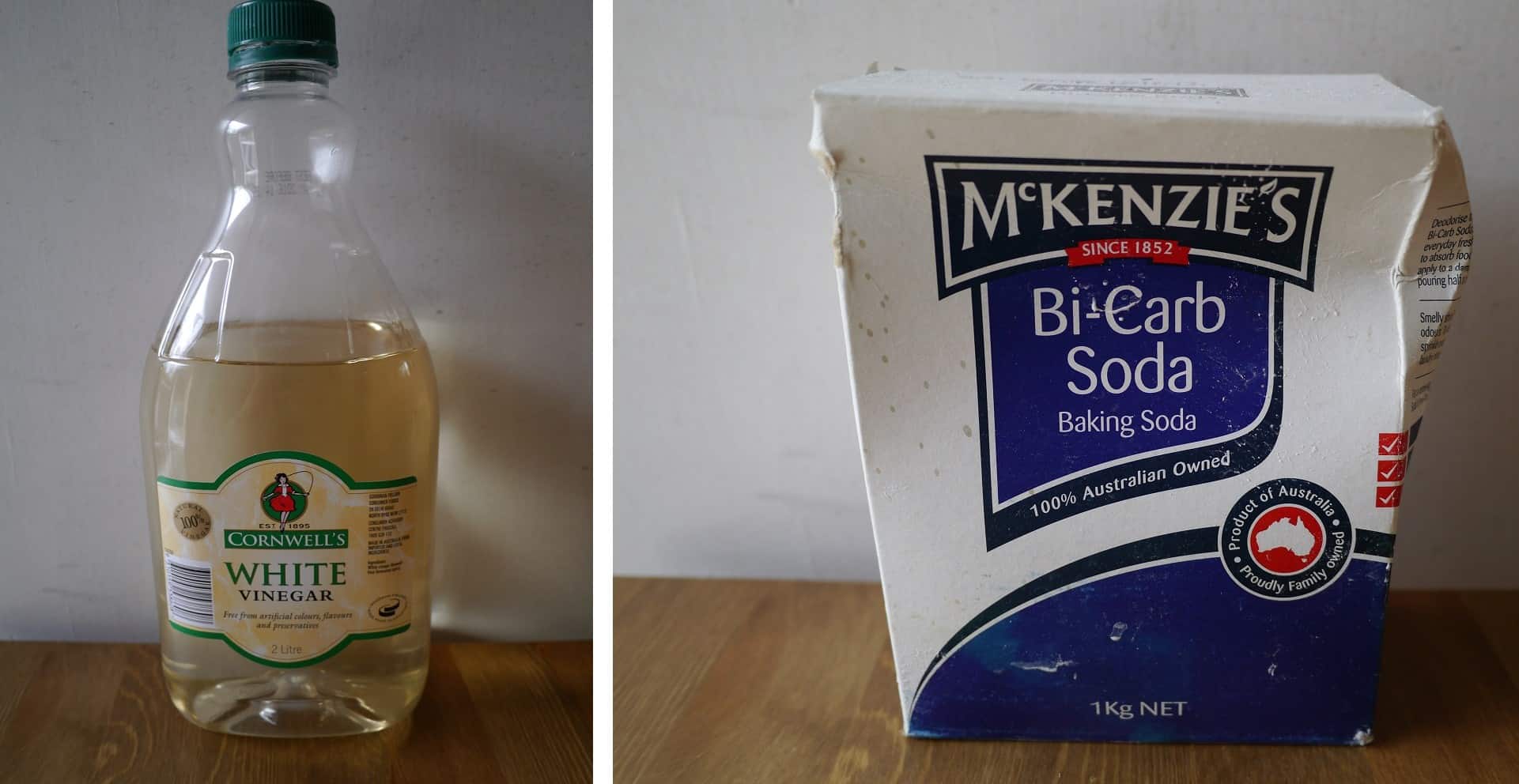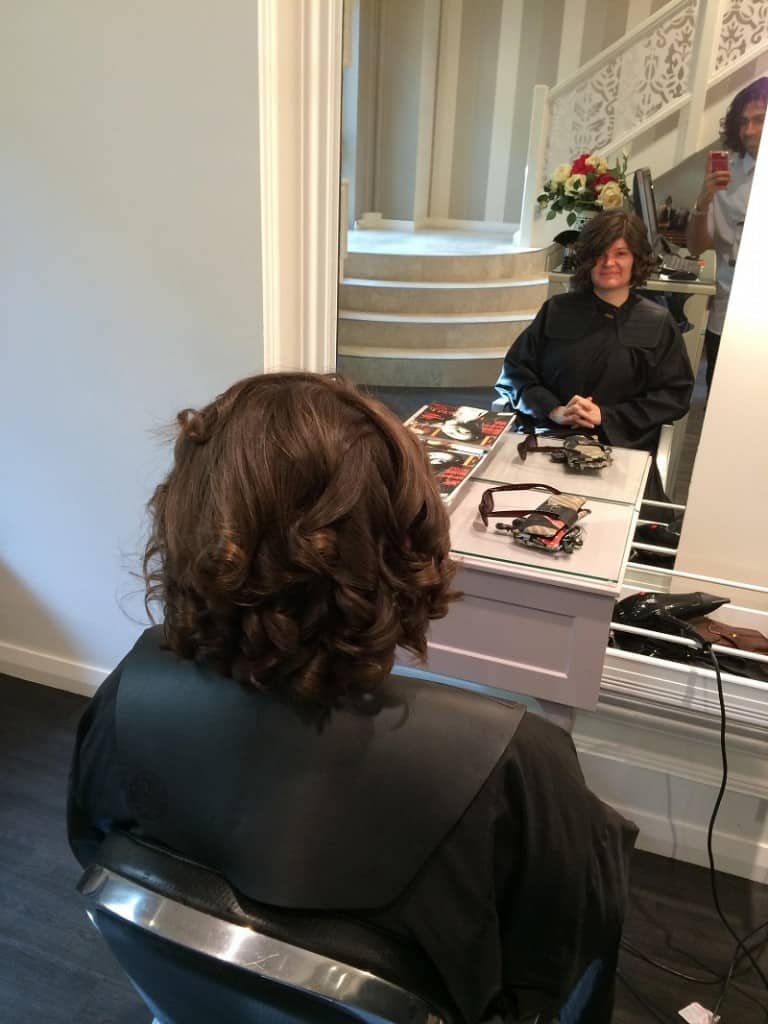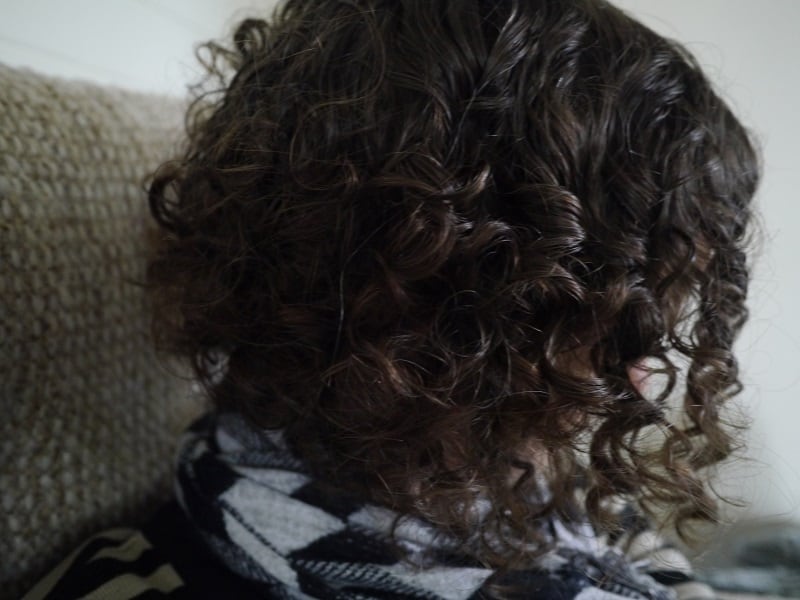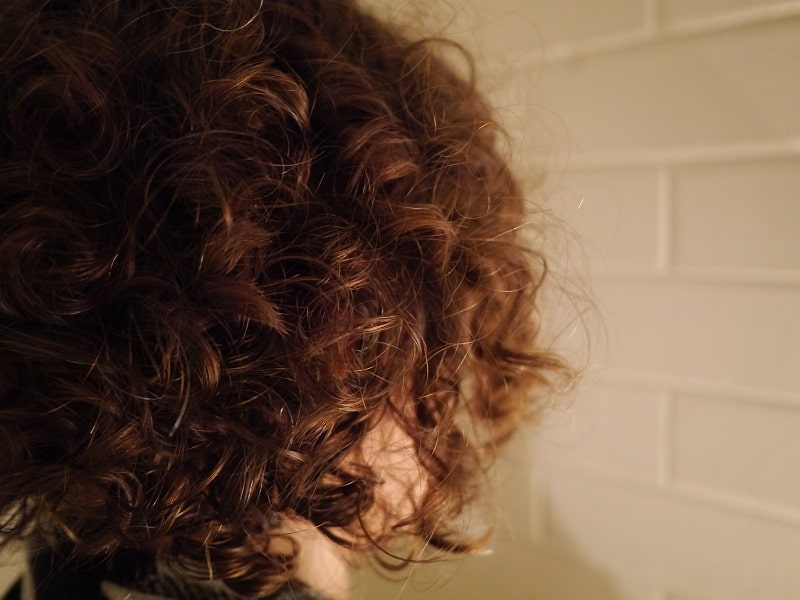Change is afoot.
I mentioned last week that I’ve started a new job. One of the areas that this has caused me a little stress is in the wardrobe department. I don’t really own executive business-y clothes. Not enough to feed a full-time job, anyway. I’ve been lucky in the last few places that I’ve worked that I haven’t needed to dress up. In order to get this job, I had three interviews in four days and that really pushed my respectable outfit-wearing capacity to the limits.
The temptation with a new job is to go out and buy a whole new wardrobe. Well, it’s probably a temptation for many people, but not for me. I don’t want to spend my salary on new clothes I wear to go to the place I earn that same salary – what a waste. I’d rather spend it on necessities like food and bills, and save the rest towards a deposit for a place to live where I can grow my own food and install solar panels to save on bills. Then I won’t need to work! (Maybe I’m over-simplifying things a little…but I digress.)
About three years ago I began my transition to only buying second-hand clothes (I’ve found eBay great for this). Then when I began my decluttering/simplifying mission I tried to not buy any clothes at all. Neither of these rules are set in stone; they are more goals that I’m working towards. In fact, on my recent trip back to the UK, I bought not one but TWO new items of clothing. A bit of a setback, although they are the only two pieces of clothing I’ve bought since January this year. Not bad in 10 months. Still room for improvement, however!
I don’t want to unravel three years of good work by buying more. I wrote recently about how hard I found it to declutter my wardrobe, but slowly it’s happening. The last thing I need is a whole heap of new things! I’m hoping that what I have will be good enough. One thing I did need, however, was new shoes. A pair of flat, smart, comfortable shoes that a) aren’t falling apart and b) don’t smell.
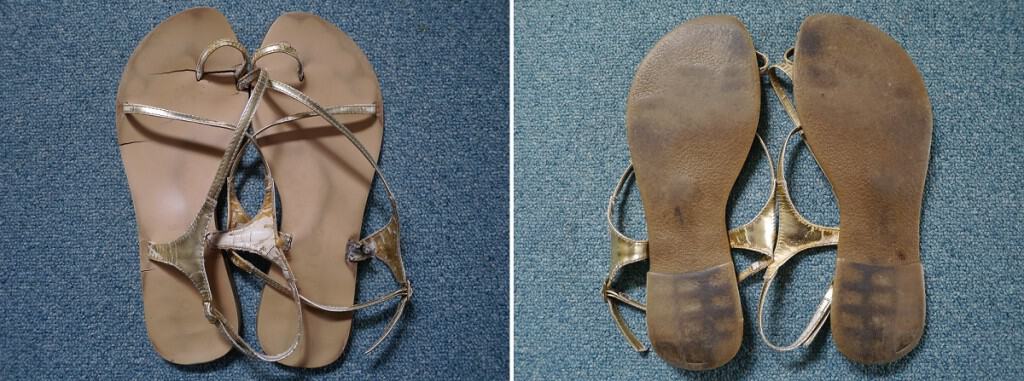
My new shoes will replace these sandals, which are (almost) worn out. These were the last pair of shoes I bought, and they will be the last ones with synthetic soles.
Whether I should buy shoes second-hand or new is a bit of a dilemma. I’ve had amazing success and dismal failure (those smelly shoes? Yep. ‘Worn once‘ you say on your advert? Hmm.) Shoes also mold to the shape of a person’s foot over time, which doesn’t necessarily work out favourably for the new owner. Recently I’ve started becoming more interested in the end life of clothes, and particularly shoes. Most shoes you see in the shops have synthetic soles. By synthetic, I mean plastic. They aren’t going to break down, they are just going to end up in landfill. That doesn’t fit with my plastic-free lifestyle. Cutting out those and finding shoes made with natural materials second-hand is much harder.
I bought some new shoes.
They weren’t cheap, despite being in the ‘sale’. (Although isn’t everything always in the sale? Such a transparent marketing ploy.) However, they are made entirely of leather. Biodegradable and therefore zero waste, hopefully. (I wonder what the compost will make of them when the time comes…) That was what swung it for me.
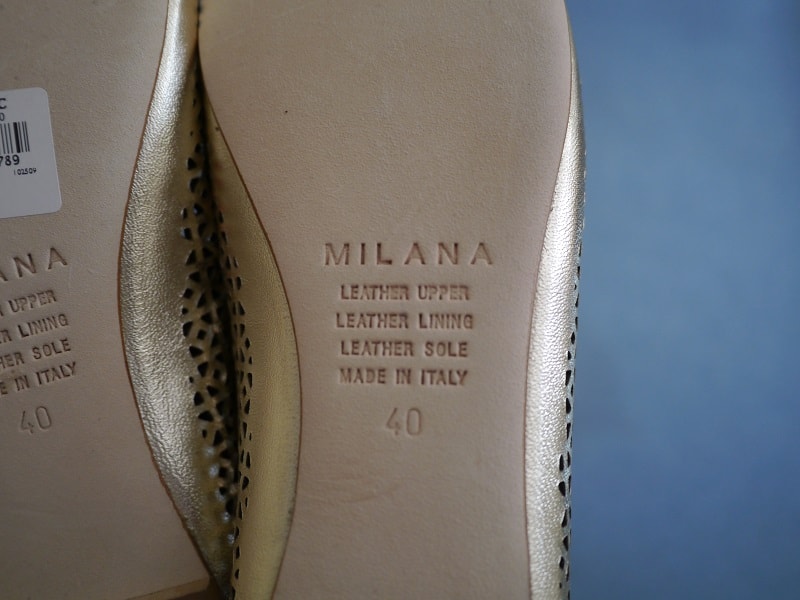
Plastic-free shoes : )
Of course, there was compromise. I broke my second-hand clothes rule. They may be made entirely of leather, but I don’t know what dyes, glues or chemicals have been used. They came from a department store (not my first choice of company to support), which imported them from overseas rather than supported the local economy. There’s always a compromise.
Plus buying new also means all this excess packaging:
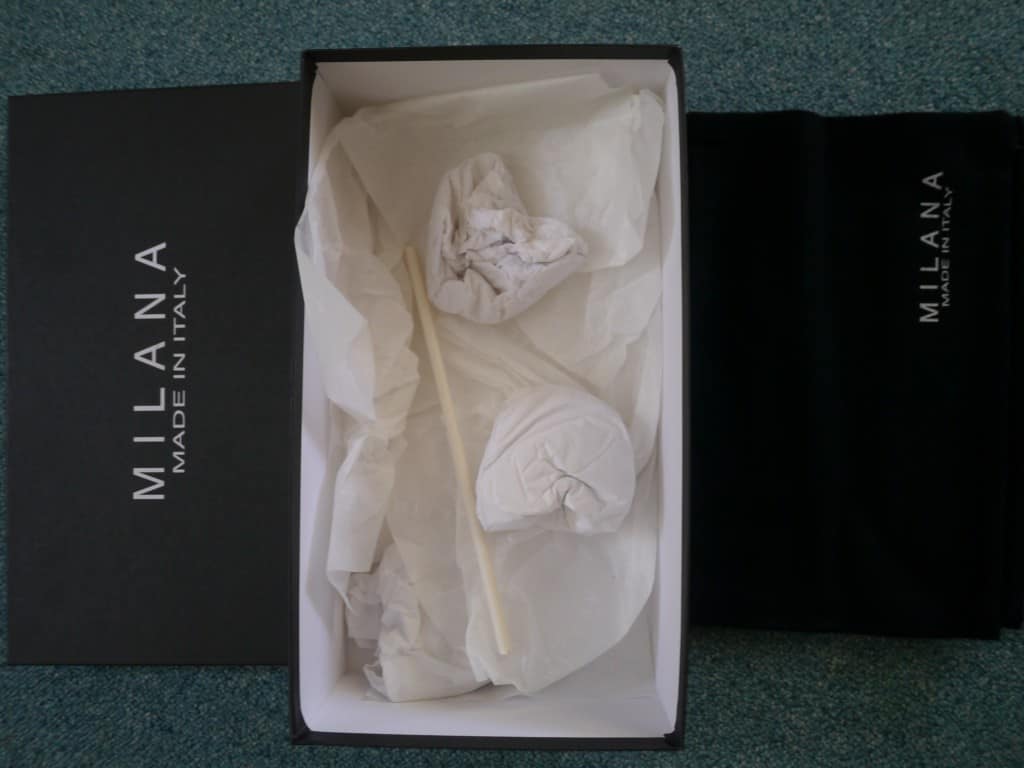
Of course, whenever you buy something new, you always get a ridiculous amount of unnecessary packaging with it. Most of this is cardboard and paper, but there is also a plastic rod. What on earth for?!
I’m still on the fence with second-hand shoes. I love the idea, but it’s not as practical as that. Shoes aren’t like T-shirts, they don’t just fit if you buy the size you think you are. They aren’t necessarily comfortable just because they look comfortable. For now, they remain an awkward exception to my rule. If I can get away with just buying one new pair of shoes for this job, then I think that’s a great result.
My second-hand clothes transition has a few other exceptions.
- Underwear. Does anyone use second-hand underwear?
- Tights. Ditto.
- Jeans. I find it almost impossible to find jeans that fit. Hence I always go to the same couple of brands. I’ve looked, but I’ve never actually bought of second hand jeans. That said, the last pair of jeans I bought new lasted me 3 years, and I wore them nearly every day. Most of my other pairs have lasted longer than that. They get a good innings! Maybe my next pair will be second hand…
How do you feel about second-hand clothes and shoes? Are there any no-nos for you too, or does anything go? What about work clothes – do you make exceptions, or do the same rules apply? I’d love to hear what you think, especially if you have any tips for me! Please leave a comment below : )
[leadpages_leadbox leadbox_id=1429a0746639c5] [/leadpages_leadbox]



